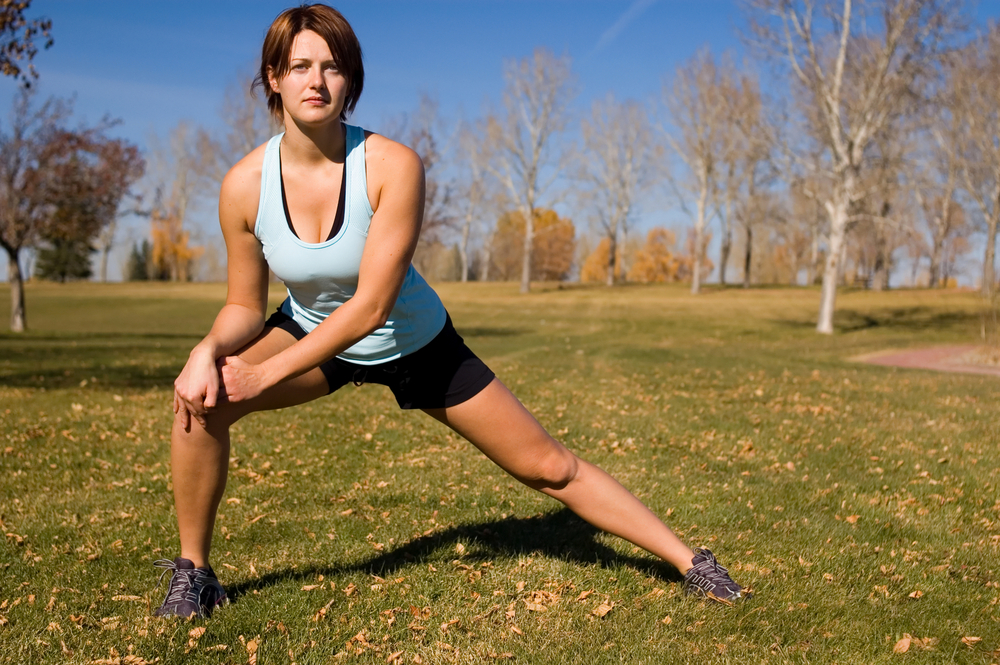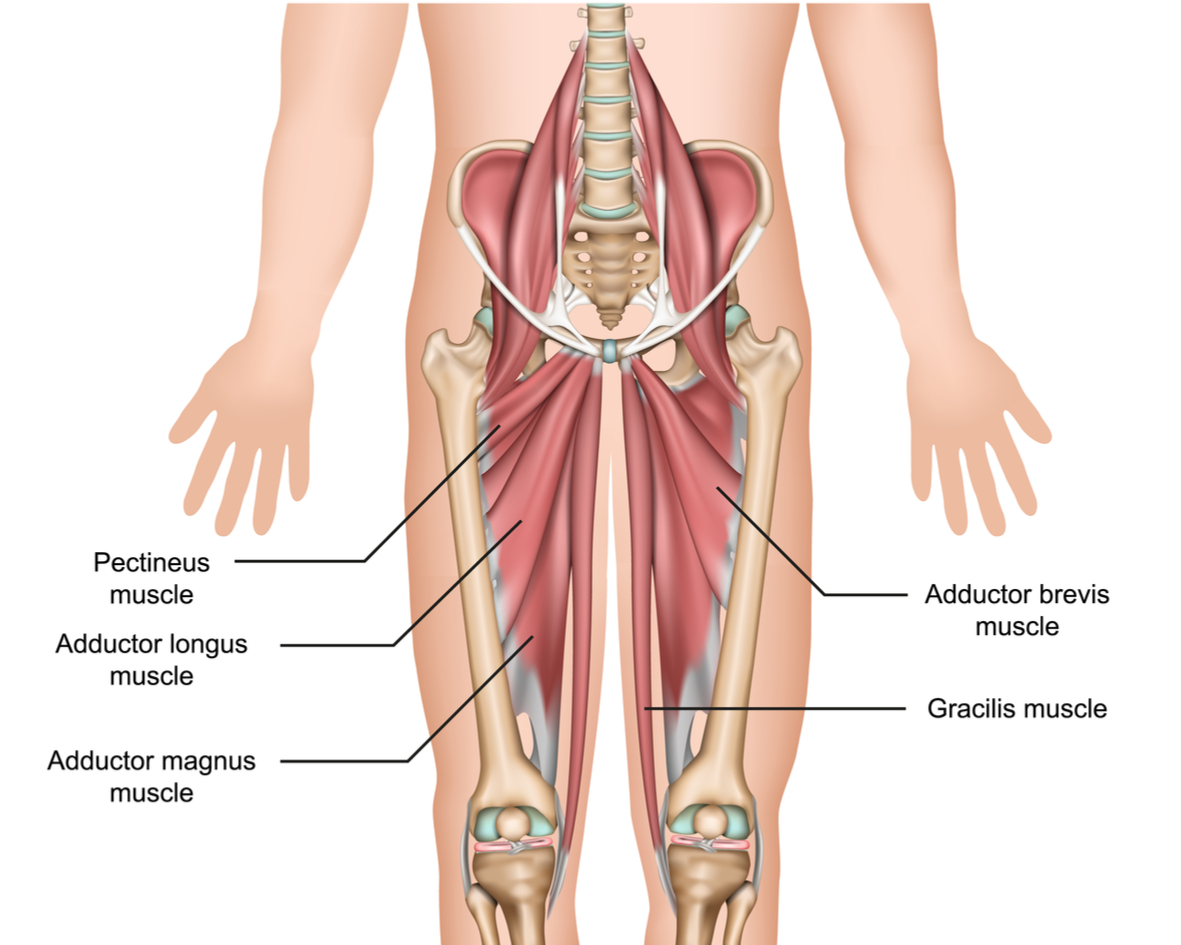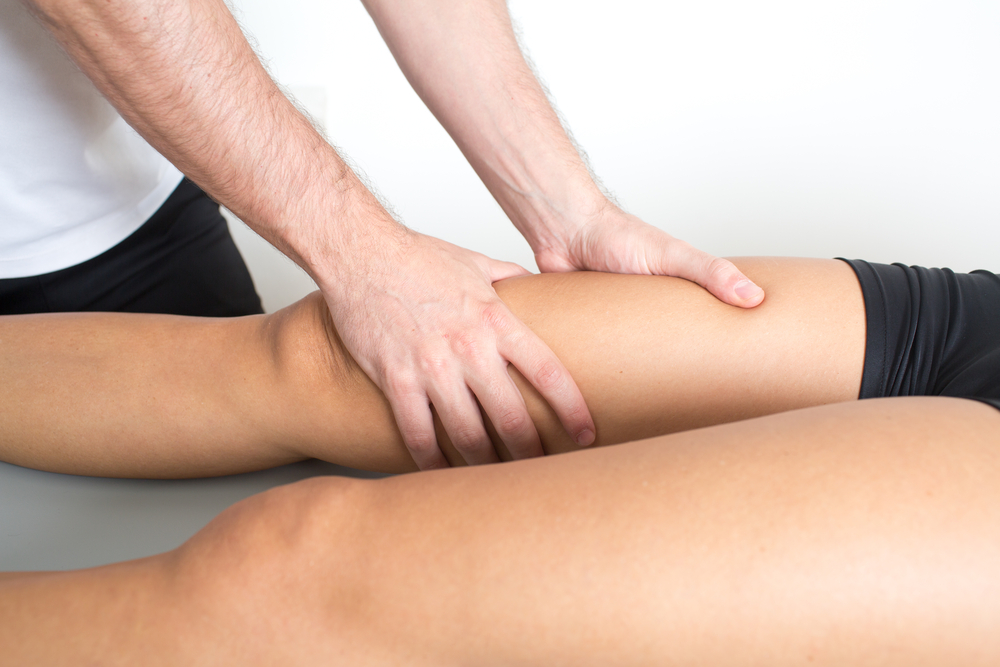Physiotherapy for Groin Pain

Groin injuries are common in sports involving changes of direction and kicking. In people who do not play sports, groin pain can also be associated with strain injuries from lifting or where a person’s leg has been forced sideways.
What are the causes of Groin Pain?
• Muscle strains or tendinopathy of the inner thigh muscles, also called the adductors.
• Dysfunction of the joint at the front of the pelvis, known as the pubic symphysis (this condition is commonly called osteitis pubis).
• Muscle strains or tendinopathy of the muscles on the front of the thigh, also called the hip flexors.
• Internal snapping hip syndrome, which occurs when one of the large muscles that cross through the pelvis and into the groin rubs over a bony prominence within the lower pelvis.
• Sports hernia, which is an injury to the inguinal ligament of the lower pelvis.
• Pain related to the hip joint, including femoro-acetabular impingement (FAI), labral tear and osteoarthritis.
• Referred pain from the lumbar spine, lower abdomen or pelvis.


How is Groin Pain treated?
The groin is a complex area with lots of overlap in anatomical structures. Before any treatment commences, our physiotherapists will perform a thorough assessment to avoid misdiagnosis, inappropriate or ineffective treatment. Depending on the assessment and diagnosis, treatment may consist of:
• Manual therapy or “hands-on” treatment of the groin muscles, tendons or hip joint.
• Modification of your daily activities or sport to address contributing factors.
• A graded program of injury specific rehabilitation exercises.
• Addressing incorrect biomechanics or movement patterns during activities such as running, kicking or side-stepping (including video analysis in certain cases).
• Sports-specific rehabilitation for patients returning to sport.
Here at Glebe Physio, we are experienced in the assessment and treatment of groin injuries so if you have any further questions, please head over to our Contact Us page or book in today for an appointment and let us help you with your recovery.
Get Active!
For more, visit our Frequently Asked Questions page.
If you would like to ask a question about our services or anything else, visit our Contact Us page to get in touch.
If you are ready to make an appointment, visit our make a booking page and let us help you with your fitness or recovery.

